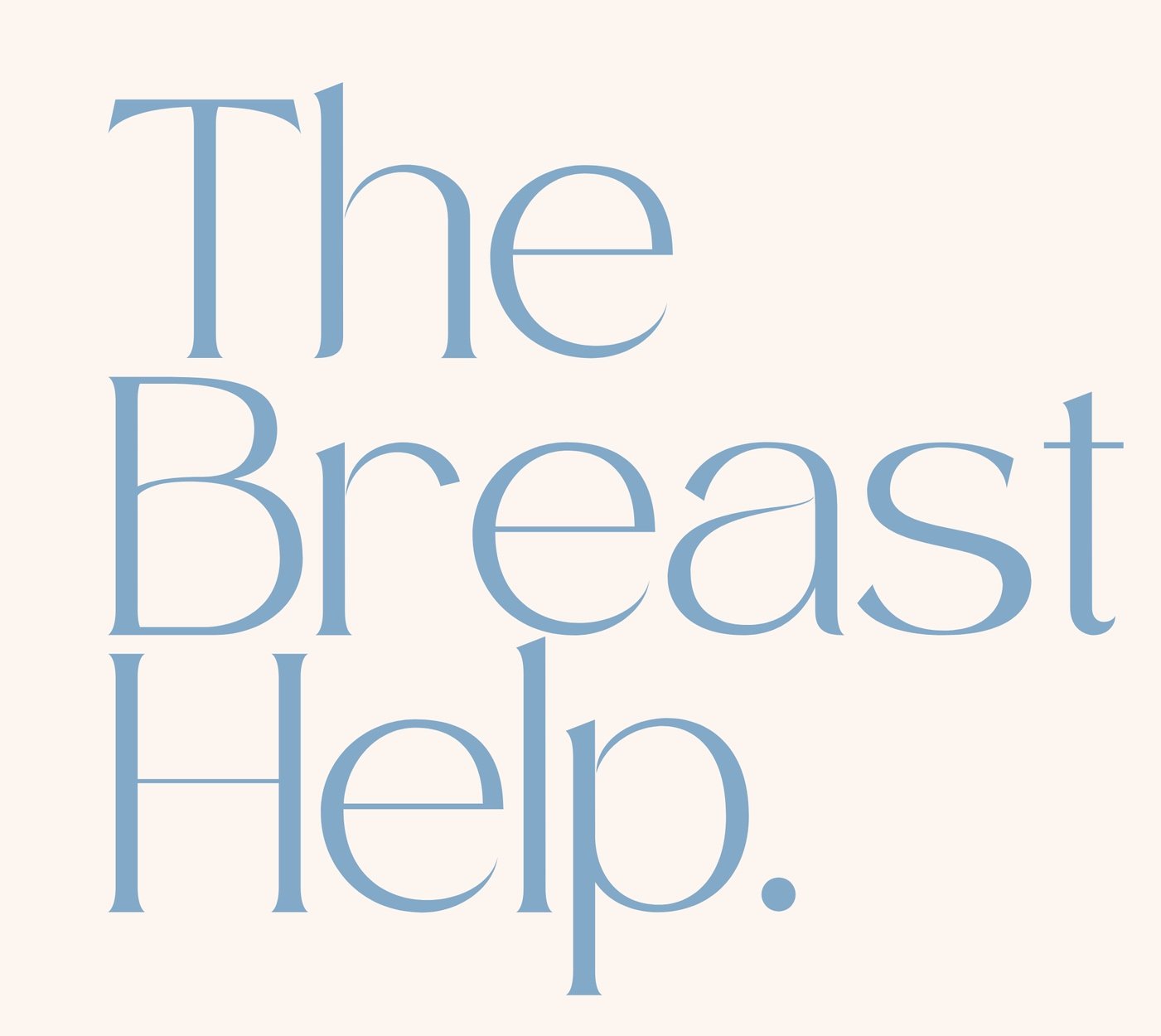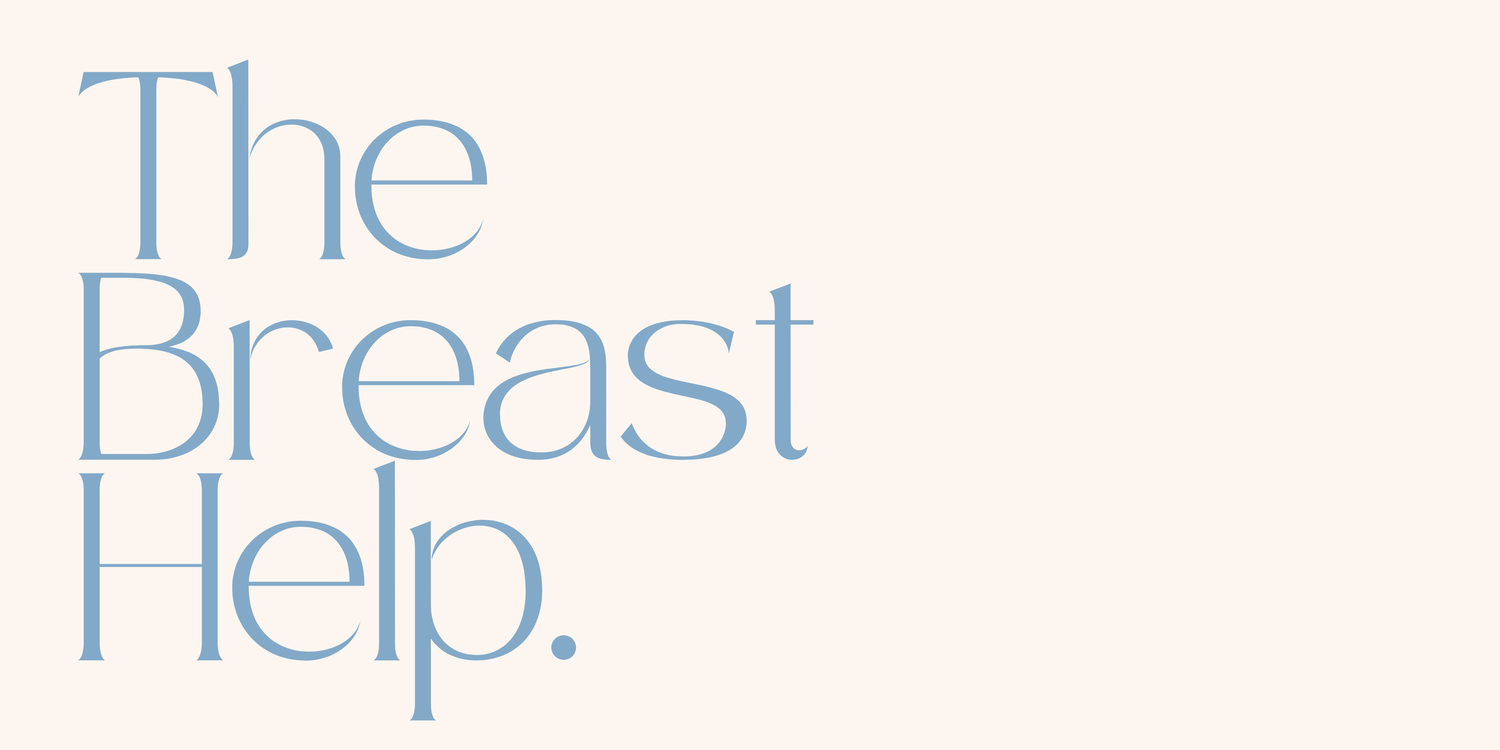Readiness to Wean: How to Know if You and Your Baby Are Ready to Stop Breastfeeding
So you’re thinking about weaning..
Deciding when to wean your baby from breastfeeding is a deeply personal decision. For some families, weaning unfolds gradually and naturally. For others, life circumstances such as returning to work, health needs, or a sense of being ready to move forward guide the process.
Whatever your situation, weaning is not only a nutritional shift but also an emotional one. It affects both you and your baby as a pair, and respecting the needs of each helps make the transition gentler and more positive.
What Does “Readiness to Wean” Mean?
Weaning does not have to mean stopping breastfeeding suddenly. It can look like:
Partial weaning – reducing the number of feeds while keeping a few comfort or bedtime feeds.
Gradual weaning – dropping feeds slowly over weeks or months.
Full weaning – moving your child completely away from breastmilk.
Each path is valid. The most important part is that it feels respectful to both you and your child.
Signs You Might Be Ready to Wean
Your wellbeing is an important part of this journey. You may be ready if you notice:
Physical changes such as ongoing pain, recurrent mastitis or feeling depleted.
Emotional signals such as breastfeeding feeling more like a burden than a bond, or a sense of being “touched out.”
Lifestyle needs such as returning to work, wanting more flexibility, or needing medication not compatible with breastfeeding.
Family balance such as wanting to share feeding more with a partner or support person.
It is okay to acknowledge your readiness. Weaning with thoughtfulness allows you to care for yourself while still nurturing your child in other ways.
Signs Your Baby May Be Ready to Wean
Babies also give signals when they are ready to move away from breastfeeding. These may include:
Growing interest in food – as solids become more satisfying after six months.
Shorter or distracted feeds – showing that they are less reliant on milk for comfort or satiety.
Comfort from other sources – such as cuddles, a toy, or a bottle or cup.
Naturally dropping feeds – especially as toddlers become busy exploring.
Not all babies show these signs early. Some continue breastfeeding happily into toddlerhood. Respecting your baby’s cues and your own feelings helps you find the balance that feels right.
Weaning at Different Ages
Under 12 Months
If your baby is under one year and you are ready to wean, breastmilk or infant formula still needs to be their main drink to meet nutritional needs.
12 to 18 Months
At this stage, breastfeeding is often more about comfort and connection than calories. Gentle weaning can look like swapping one feed at a time for another form of closeness or nourishment.
18 Months and Beyond
Older toddlers may be very attached to breastfeeding as part of their routine and emotional regulation. Here, patience and respectful strategies such as distraction, offering alternatives, and setting gentle boundaries can help.
Gentle and Respectful Weaning Strategies
Drop one feed at a time, starting with the least important of the day.
Offer alternatives such as a cuddle, snack or cup of water.
Adjust routines if certain times of day are strongly linked to breastfeeding.
Replace feeds with connection such as reading a book, special playtime, or extra snuggles.
Gentle weaning helps protect your body from engorgement and supports your child to adjust emotionally.
Supporting Yourself Emotionally
Weaning can stir up mixed emotions. Relief, sadness and even grief are all normal. Hormonal shifts can also influence mood.
Give yourself permission to feel these emotions. Talk with a trusted friend or health professional, and remind yourself that weaning marks the close of one chapter and the beginning of another.
Supporting Your Baby Through Weaning
For your child, weaning is also a transition. You can support them by:
Offering extra comfort and closeness.
Keeping daily routines predictable.
Being patient and responsive.
Expecting night weaning to take more time, and approaching it gradually.
Weaning is not just the end of breastfeeding, but the start of new ways to connect and nurture your child.
At the end of the day…
Readiness to wean involves both you and your baby. By respecting your needs and your child’s cues, you can make this transition thoughtful, kind and gentle.
If you would like step-by-step guidance, I have created The Weaning Help: A Thoughtful, Respectful and Kind Weaning Guide, written to support you through this important stage with practical strategies and reassurance.


